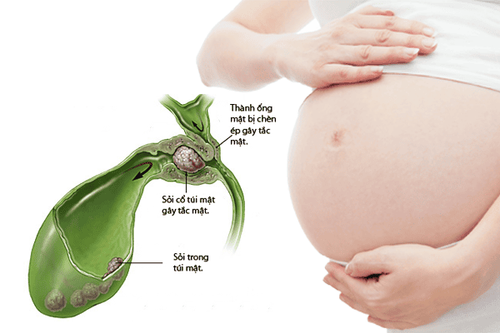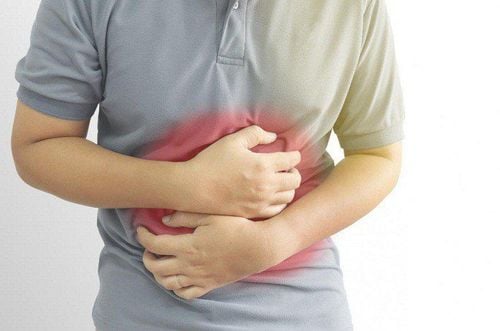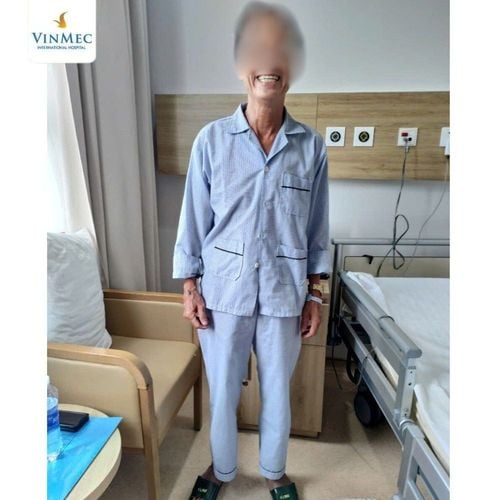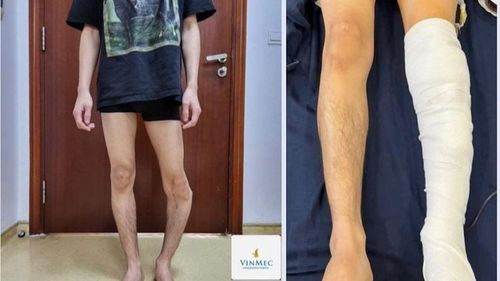Nội dung bạn đang tìm kiếm không có phiên bản tiếng Việt.
Vui lòng chọn tiếp tục để xem nội dung tiếng Anh hoặc đi đến trang chủ Tiếng Việt.
Rất xin lỗi về sự bất tiện này.

Home
Tag ERCP
Articles in ERCP

Gallbladder stones during pregnancy: What you need to know
Changes during pregnancy can affect the functioning of the gallbladder, causing gallstones or sludge. Although not all pregnant women have gallstones, if they do, they can cause symptoms and complications such as gallbladder colic, cholecystitis, cholangitis and acute pancreatitis due to stones affecting the baby in the womb.
Xem thêm














